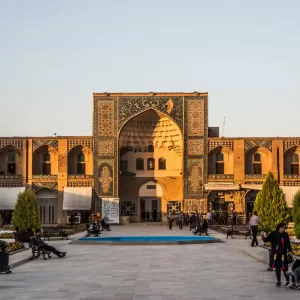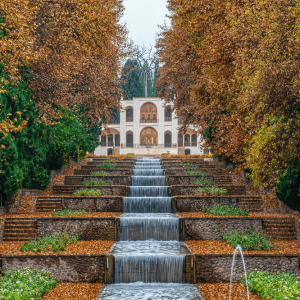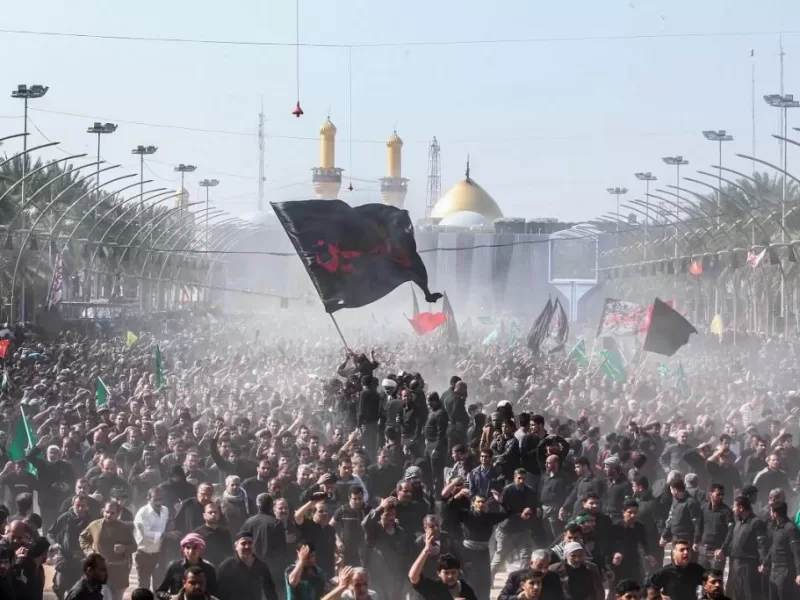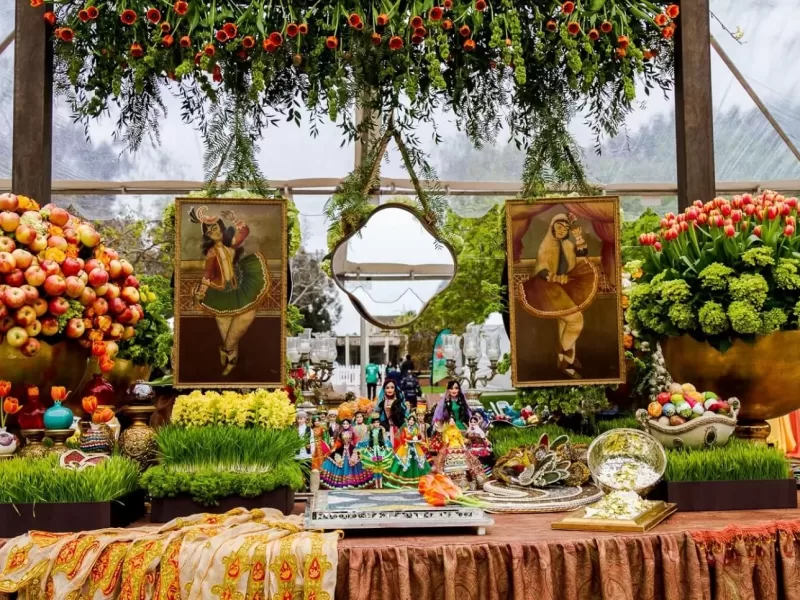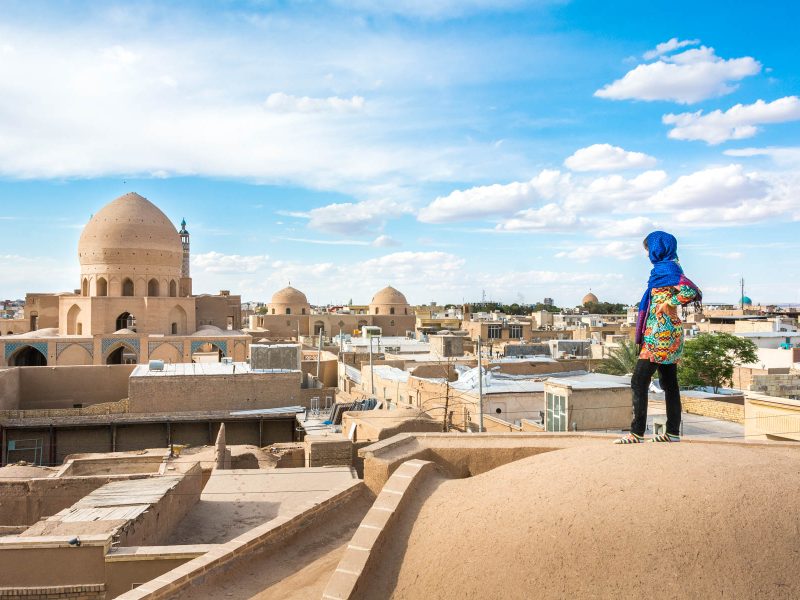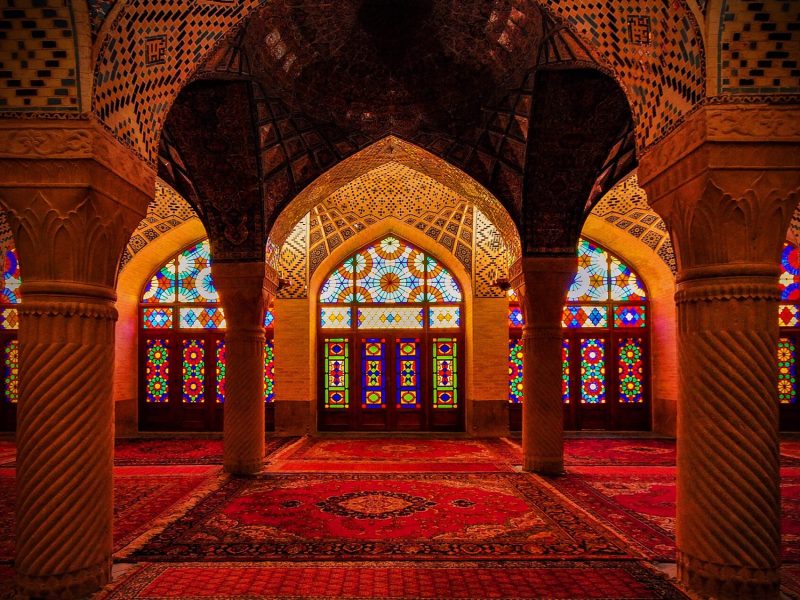Exploring the Spiritual Significance of the Shah Nematollah Vali Shrine
Nestled in the city of Mahan in the Kerman province of Iran, the Shah Nematollah Vali Shrine is a captivating religious and cultural site that attracts thousands of visitors each year. This magnificeent mausoleum is a tribute to the revered 14th-century Sufi saint and poet Shah Nematollah Vali, who is renowned for his wisdom, mysticism, and spirituality.
The History of Shah Nematollah Vali
Shah Nematollah Vali lived a life dedicated to teaching and spreading love, compasion, and unity. He spent most of his life in the city of Mahan, where his disciples built a shrine in his honor after his passsing. Today, the shrine serves as a pilgrimage site for Sufi devotees from around the world.
The Architecture and Design of the Shrine
The Shah Nematollah Vali Shrine is a stunning example of traditional Persian architecture and design. The main building is a large, domed structure, which is covered in intricate tilework and calligraphy. The interior of the shrine is equally beautiful, with elaborate mosaics, intricate carvings, and stunning stained glass windows. The main tomb of Shah Nematollah Vali is located in the center of the shrine, and is surrounded by smaller tombs of his disciples and followers.
The Cultural and Historical Significance of the Shrine
Not only is the Shah Nematollah Vali Shrine an important religious site, but it also holds great cultural and historical significance. This shrine is a symbol of Iran’s rich cultural heritag and Sufi traditions and is a must-see for anyone interested in exploring the country’s history and beliefs.
Visiting the Shah Nematollah Vali Shrine
Visiting the Shah Nematollah Vali Shrine is an unforgettable spiritual experience. The shrine is open to visitors every day, free of charge, and guests are asked to dress modestly and remove their shoes before entering. When visiting, it is important to show respect and follow the customs and traditions of the shrine.
The Surrounding Area
The charming and historic town of Mahan offers plenty to explore beyond the shrine. From the bustling bazaar and historic Jame Mosque to the beautiful Ghamsar Bathhouse, there’s something for everyone. You can also sample local cuisine at one of the traditional Persian restaurants and cafes in the city, making for a perfect end to your visit to the shrine.
The Final Word
Whether you’re a Sufi devotee, a history and architecture buff, or simply seeking a peaceful and spiritual experience, the Shah Nematollah Vali Shrine is a must-visit destination. This shrine is sure to leave a lasting imprint on your heart and mind.
FAQs
- What is the Shah Nematollah Vali Shrine?
The Shah Nematollah Vali Shrine is a shrine dedicated to the Sufi saint, Shah Nematollah Vali, located in the city of Mahan, Iran. - Who was Shah Nematollah Vali?
Shah Nematollah Vali was a 14th century Sufi saint who was known for his teachings and miracles. He is considered one of the most important Sufi figures in Iran. - Why is the shrine significant?
The shrine holds significant cultural and spiritual value for the local people, as well as for people across Iran. It is a place of pilgrimage for people seeking spiritual guidance and a connection to their cultural heritage. - When was the shrine built?
The current structure of the shrine was built in the 16th century, but the site has been a place of pilgrimage for centuries. - What can visitors expect to see at the shrine?
Visitors can expect to see the shrine’s architectural beauty, intricate tile work, and ornate carvings. They can also experience the spiritual atmosphere and learn about the history and significance of the shrine through guided tours. - Is the shrine open to visitors?
Yes, the shrine is open to visitors, and visitors are welcome to participate in the spiritual activities and events that take place there. - What other cultural and historical attractions are nearby?
There are many other historical and cultural attractions in the area surrounding the shrine, including the historical city of Kerman and the Baft Eram Garden. Visitors can also explore the nearby mountains, including the Kerman Mountain and Saraband Mountain, for breathtaking views and outdoor activities.

